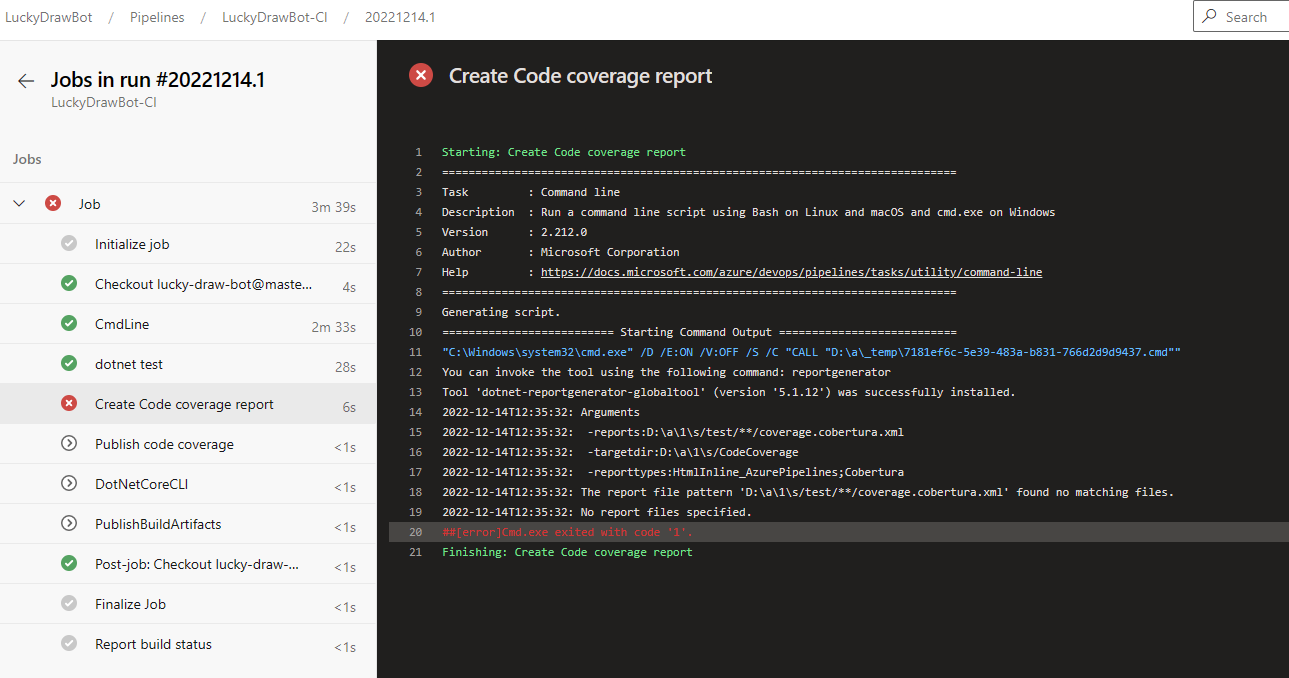👨🎓个人主页:研学社的博客
💥💥💞💞欢迎来到本博客❤️❤️💥💥
🏆博主优势:🌞🌞🌞博客内容尽量做到思维缜密,逻辑清晰,为了方便读者。
⛳️座右铭:行百里者,半于九十。
📋📋📋本文目录如下:🎁🎁🎁
目录
💥1 概述
📚2 运行结果
🌈3 Matlab代码实现
🎉4 参考文献
💥1 概述
本文将指导您完成处理和分析船载(VM-ADCP)和降低声学多普勒电流轮廓仪(L-ADCP)所需的步骤。
📚2 运行结果
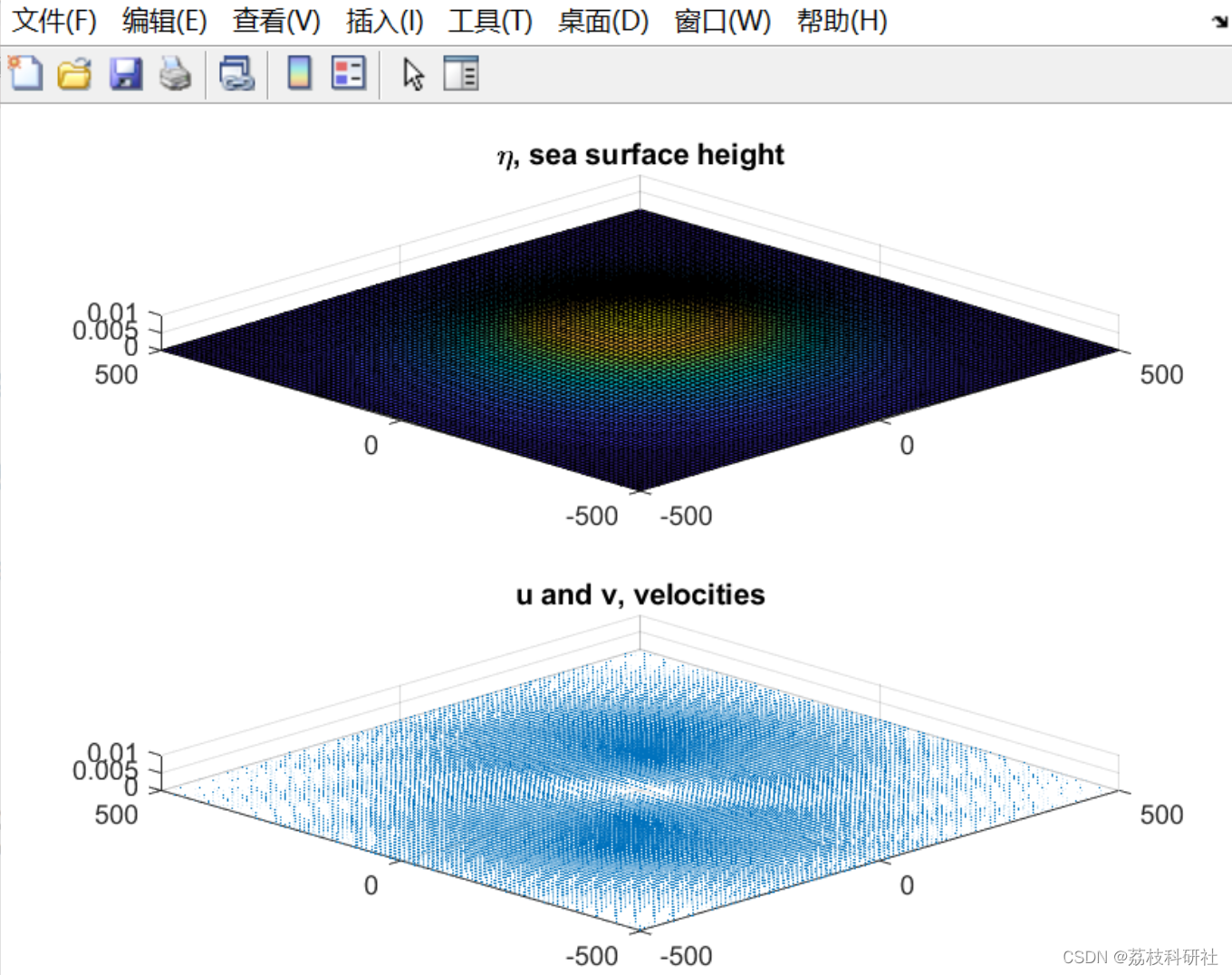
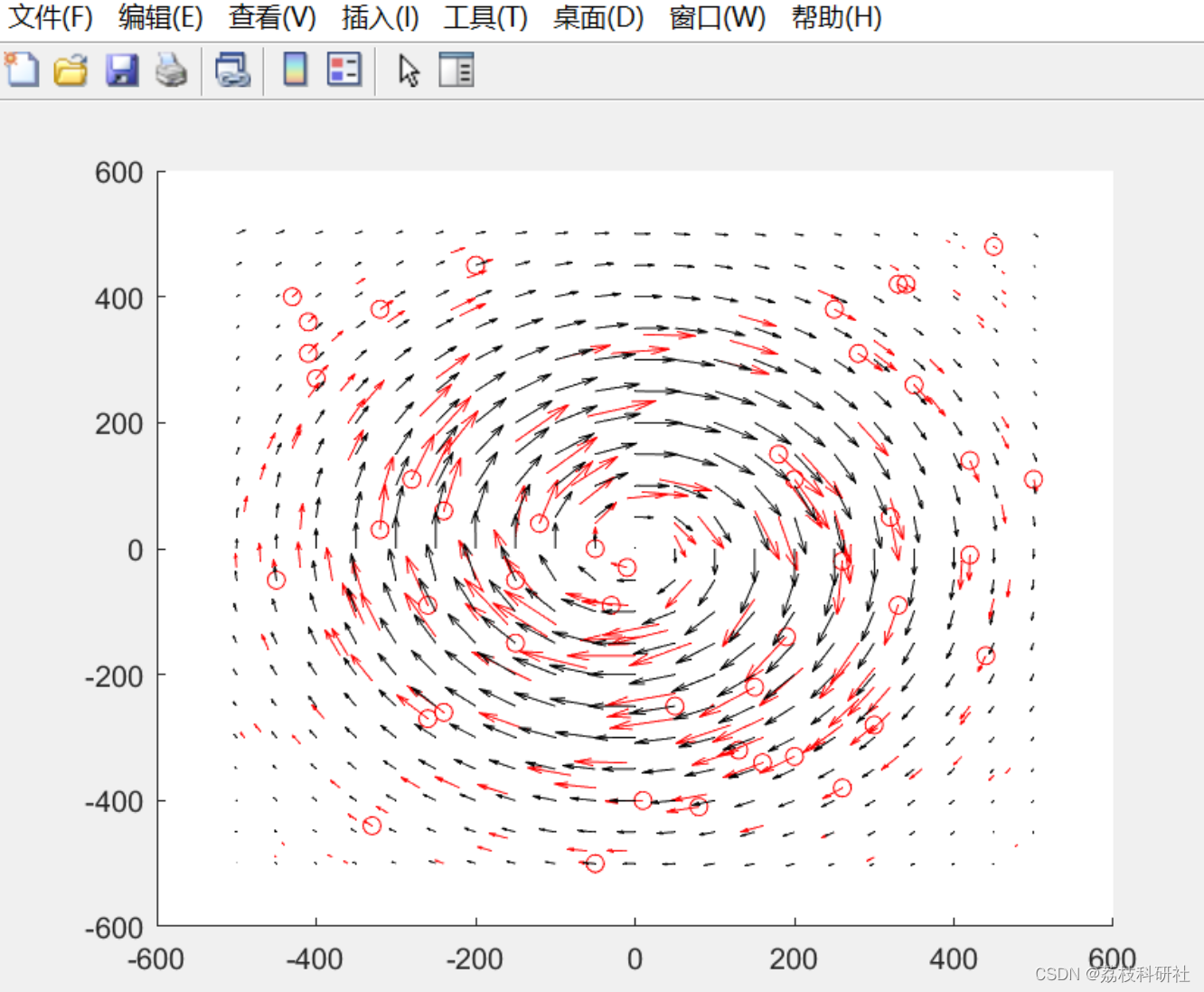
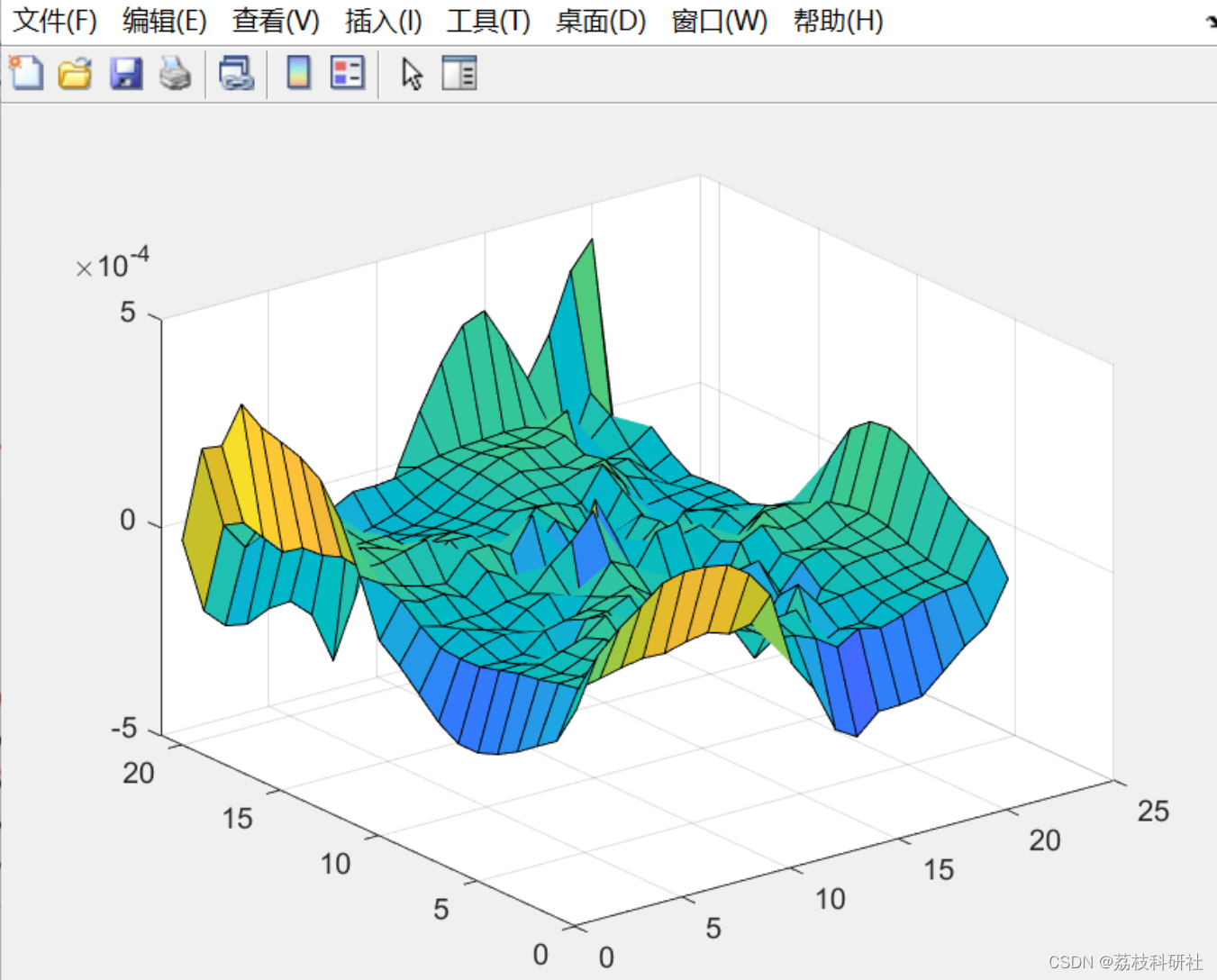
主函数部分代码:
clc;clear;
% Set coefficients
eta0=0.01; % highest height of eddy
R=300; % eddy's radius
f=0.01; % coriolis coefficient
g=9.81; % gravity constant
% Set grid
x=-500:10:500;
y=-500:10:500;
[x y]=meshgrid(x,y);
% Set sea surface height
eta=eta0*exp(-(x.^2+y.^2)/R^2);
% Calcualte geostrophic velocity
v=(g*eta0)/f*(-2*x/R^2).*exp(-(x.^2+y.^2)/R^2);
u=-(g*eta0)/f*(-2*y/R^2).*exp(-(x.^2+y.^2)/R^2);
% Visualization
figure(1)
clf
set(gcf,'color','w')
subplot(2,1,1)
surf(x,y,eta)
view([-45 80])
title('\eta, sea surface height','fontweight','bold')
subplot(2,1,2)
z0=zeros(size(x));
quiver3(x,y,z0,u,v,z0)
view([-45 80])
axis([-500 500 -500 500 0 0.01])
title('u and v, velocities','fontweight','bold')
%% get observations
n_obs=200;
x_vec=x(:);
y_vec=y(:);
u_vec=u(:);
v_vec=v(:);
ixr=randi(numel(x_vec),[n_obs,1]);
x_obs=x_vec(ixr);
y_obs=y_vec(ixr);
u_obs=u_vec(ixr);
v_obs=v_vec(ixr);
figure(2)
clf
hold on
quiver(x,y,u,v,'k')
quiver(x_obs,y_obs,u_obs,v_obs,'r')
figure(3)
clf
div=divergence(u,v);
surf(div)
shading flat
🌈3 Matlab代码实现
🎉4 参考文献
部分理论来源于网络,如有侵权请联系删除。
[1]杨远征,徐超,李莎,何云开.2009-2012年南海海洋断面科学考察走航ADCP海流观测数据集[J].中国科学数据(中英文网络版),2019,4(03):152-161.

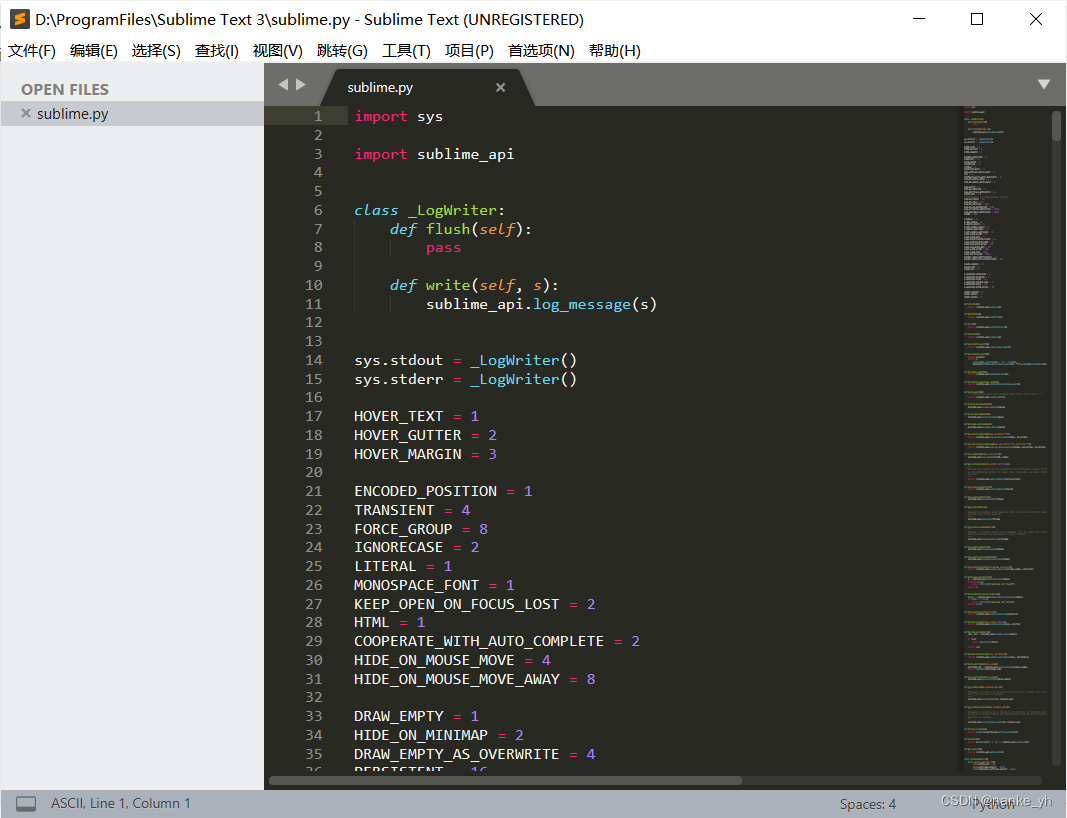

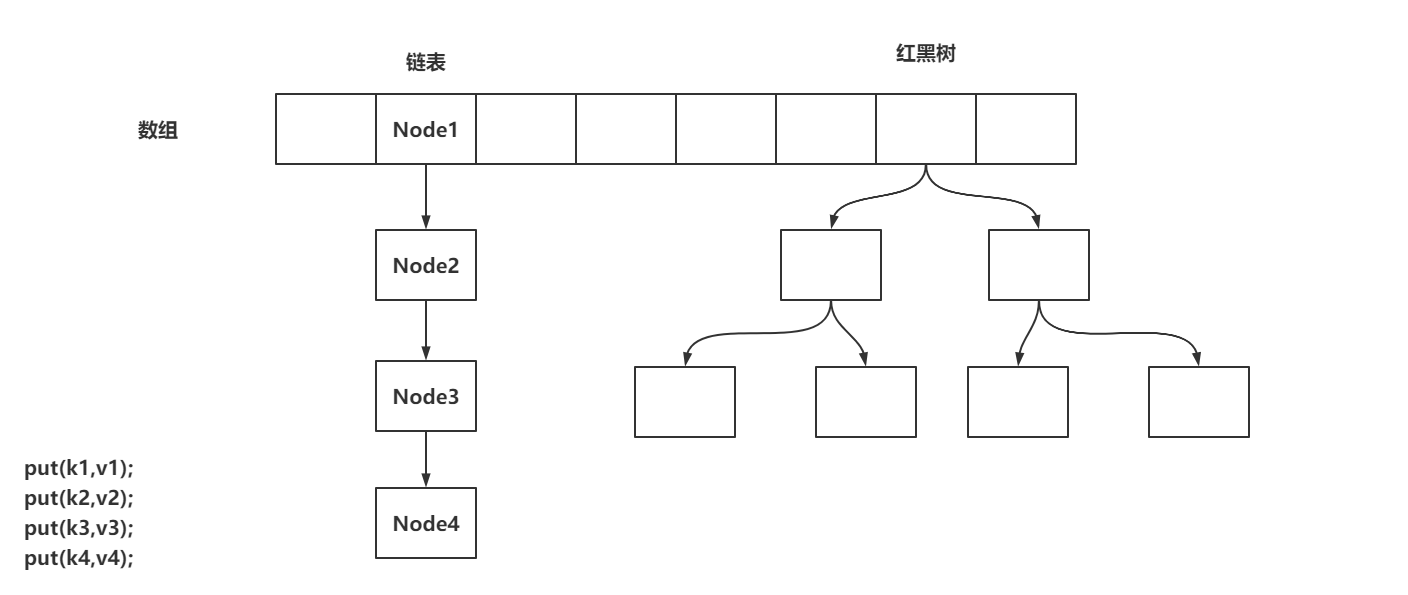





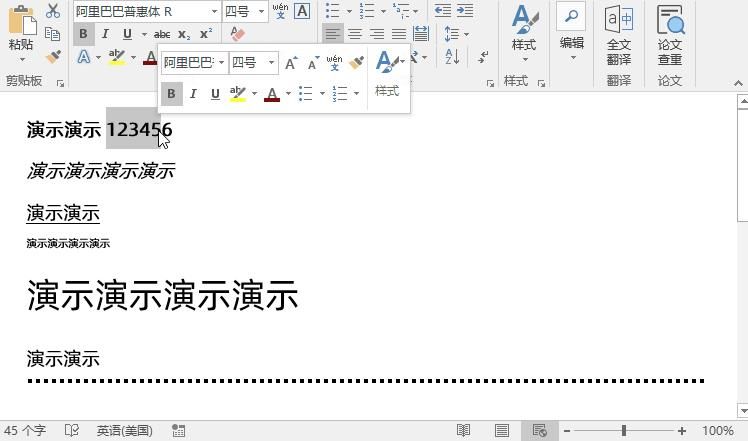



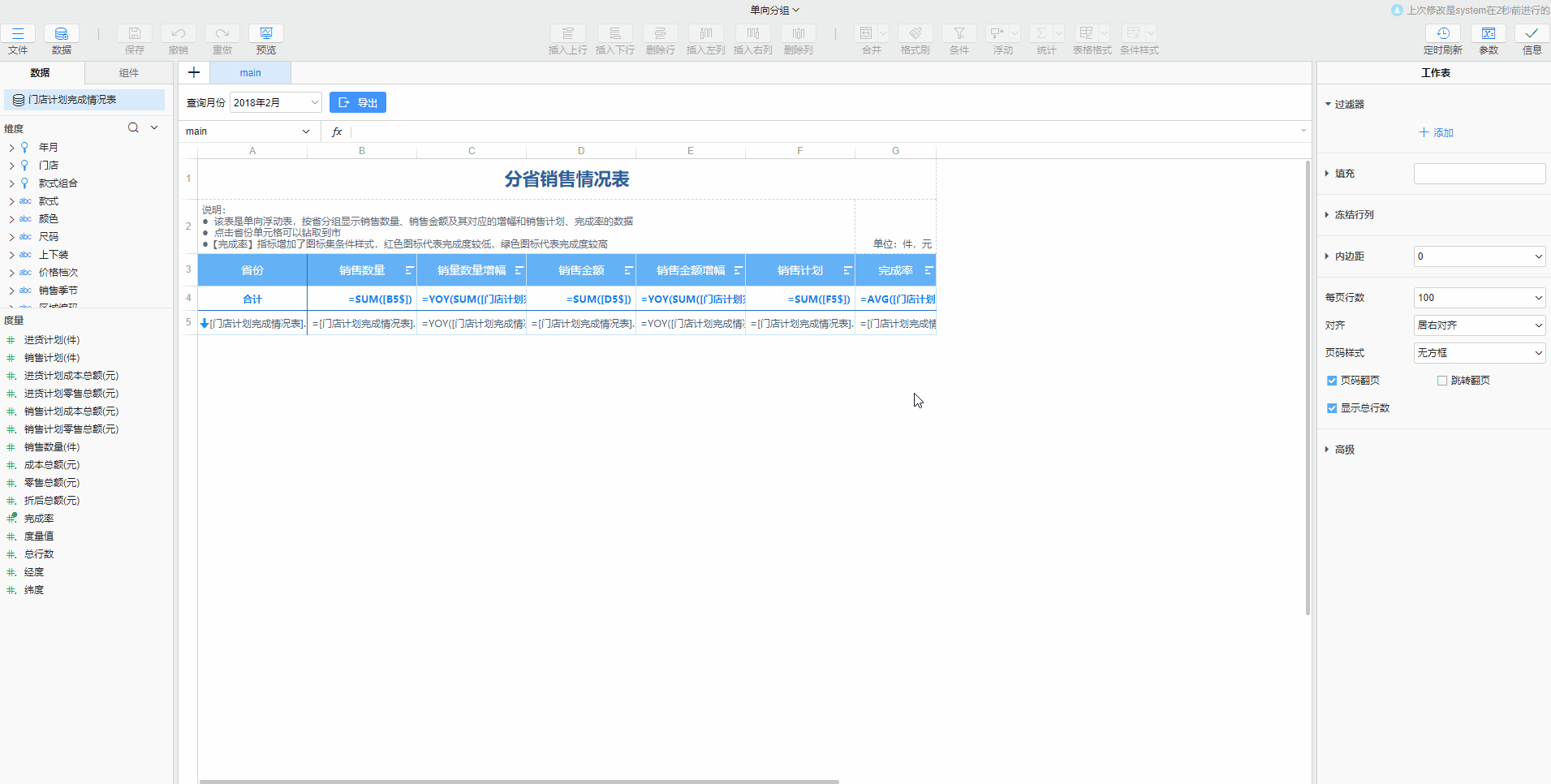

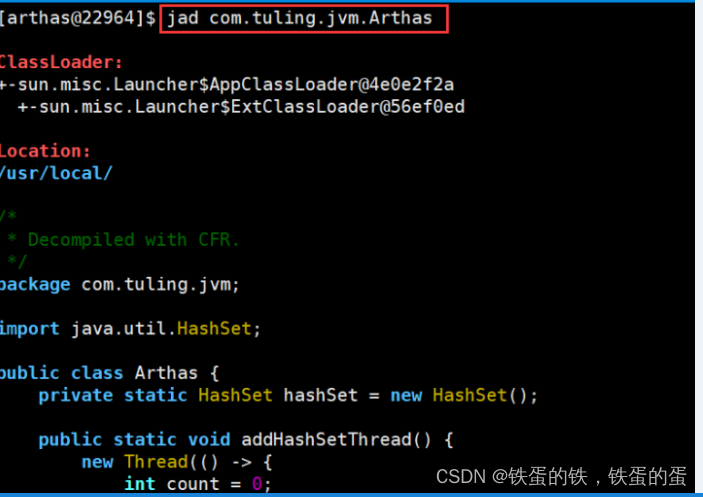
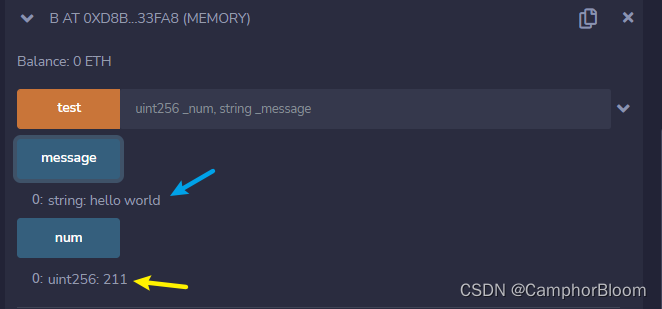

![[Java]图论进阶--最小生成树算法](https://img-blog.csdnimg.cn/eafbaf0027424319ac519b13f98f3639.png)

